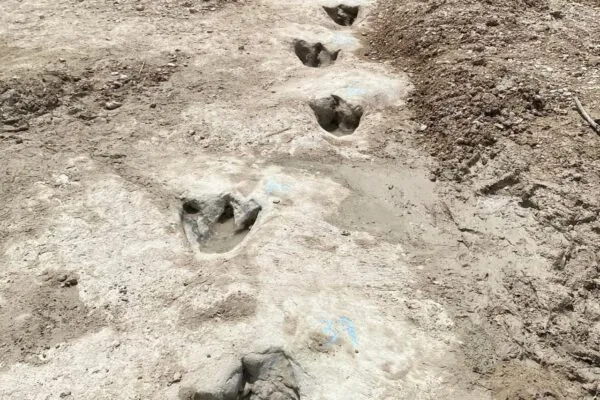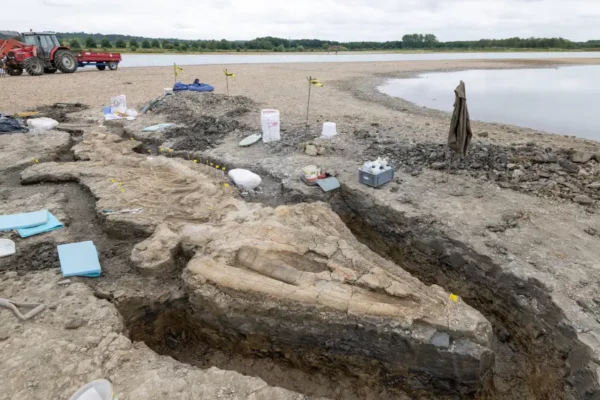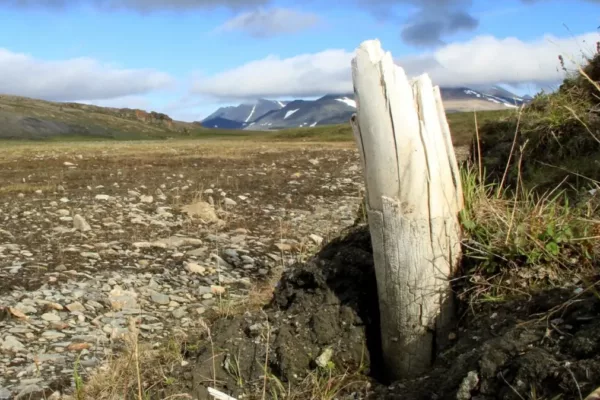Interview with British Evolutionary and Palaeobiologist Dr. Neil J. Gostling
Lecturer in Evolution and Palaeobiology, Dr. Gosling uses his diverse background to answer questions from the evolution of animals to the development of root systems
Palaeobiology and evolutionary studies have emerged as vital sources to learn more about life on the earth. Many people in the fields of evolutionary biology and paleontology have been trying to scour more information for a better understanding of the origin and development of all life. Europe harbors much treasure when it comes to fossils, especially in the United Kingdom. It has become a hotspot for the scientific community.
We at Planet Custodian are always on the lookout for indivisuals who are eager, relentless and determined to unravel the mysteries of fossil records, molecular biology and such subjects. In this endavour we got in touch with Dr. Neil J. Gostling, who is a lecturer in Evolution and Palaeobiology, to learn more about these fascinating topics.
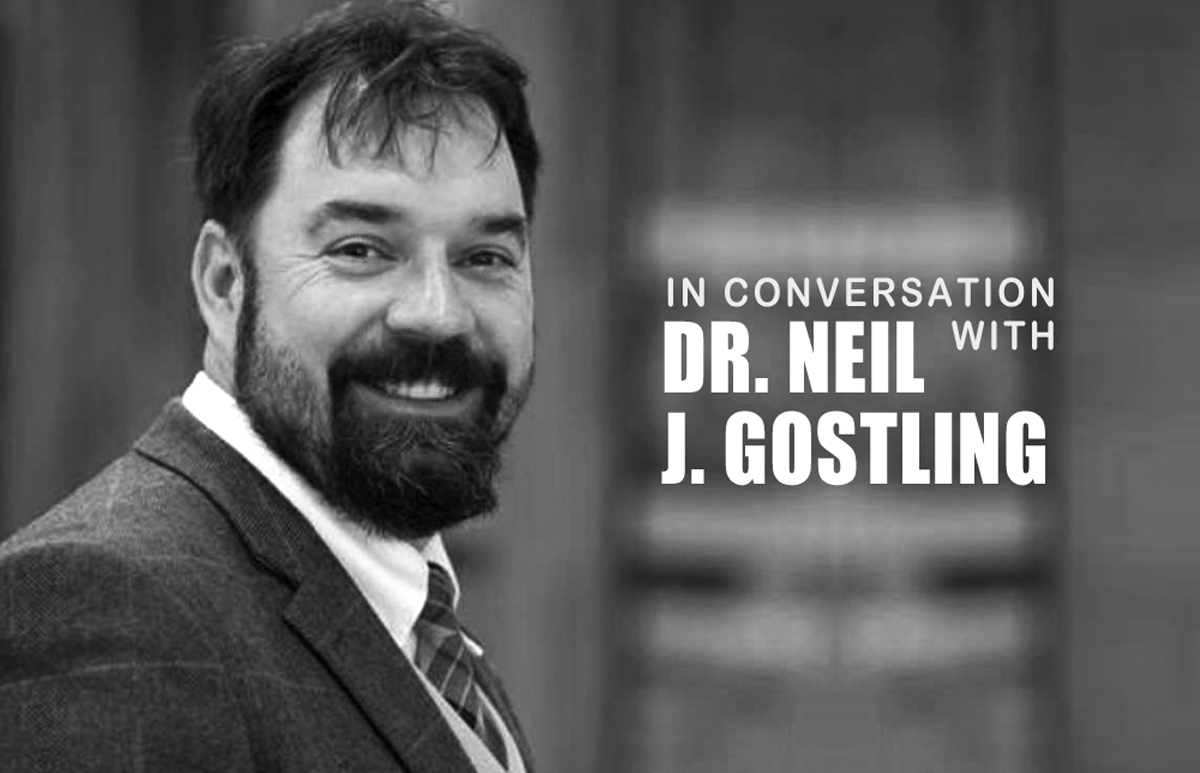
Read on to know more as he passionately talks about his inspiration, his field and the impacts of climate change.
Planet Custodian (PC): What inspired you to choose evolution and palaeobiology as a career? Family of dinosaurs that has intrigued you the most and why?
Dr. Gostling: As a child, I would watch documentaries by David Attenborough on TV, and my parents encouraged reading, appreciating nature, and we would visit museums. The greatest day out, growing up in London was to go to the Natural History Museum. The imposing Diplodocus, looking at you as you enter the museum, is enduring memory. I was most interested in the theropod dinosaurs because these eventually evolved into birds.
PC: Technology is assisting in palaeontological and evolutionary studies more than ever before, do you agree? How have things changed in the last two or more decades while you have been in the field?
Dr. Gostling: With the application of computed tomography, the world of palaeontology has completely changed. We can see inside fossils, and extract features, morphology, biological structures, and things that previously could only have been seen by destructive sampling.
PC: How much difference has the pandemic made in your approach towards work? Any major bottlenecks you encountered at that time?
The pandemic affected my students more than me, they have a fixed time on their courses, and it was tough for them, but they all got through and graduated!
My Ph.D. students have similar issues, but programmes are more easily extended, but many lost field seasons, and others, with no access to museum collections were unable to push things along as fast as they would have liked.
In other ways, the pandemic was an opportunity to do different things. If you can’t get to the office, lab, or, field… Write! We took the opportunity to really get the results of work published, and each of my students published a couple of papers each, on subjects from how we can tell the age, and physiology of early (200 million-year-old) mammals, to naming 3 new species of dinosaurs from the Isle of Wight, UK, including the spinosaurs Ceratosuchops and Riparovenator.
PC: How many palaeontology digs have you been a part of and where have these largely been? How’s the experience every time you’re out there?
Dr. Gostling: I have been on surprisingly few digs. Most of the material I work on is in museum collections, or has been donated by fossil collectors. The most exciting dig I did go on, was to China in 2005 when I was working on a project looking at fossilized eggs and embryos of the earliest animals, from the Cambrian.
These little fossils (less than 0.5mm in diameter), of the most delicate stages of early worm-like animals, preserved details of the embryo still inside the egg. However, there really is little to beat walking along a shingle beach, in the South Coast of the UK, and finding a sea urchin preserved in flint.
PC: What parts of the world are richest in fossils? How is climate change affecting the work of a palaeontologist per se?
Dr. Gostling: China has amazing fossil localities, and by chance, they are of the age to catch really exciting stages in the history of life. Embryo fossils I mentioned are of a similar age to the Burgess Shale of Canada, and the Chenjiang of China-Cambrian deposits that preserve the point when the major animal groups alive today appear in the fossil record. However, the Jehol (Cretaceous) preserves mammals, reptiles and birds and other feathered dinosaurs.
China is very important for fossils. Closer to home, the Solnhofen Limestone (Jurassic) in Germany preserves exquisite details of fossils, insects, and other arthropods are joined in the record by pterosaurs and the most important fossil, Archaeopteryx, the first bird. The Isle of Wight is one of the richest dinosaur localities in the world, and discovering the fossils is reliant on bad weather, storms, to erode the rocks.
The same strata extend into southeast England, but roads, towns, the urban sprawl prevents serious chances of finding anything. The erosion of the cliffs, and the limited building on the southern side of the island mean that bones are regularly exposed. Climate change and really bad weather prevent people from getting to the fossils before the tide reclaims them, in many cases.
PC: Shed some light on how the plant community structure is altering amid changing climate?
Dr. Gostling: In both animals and plants, as the climate changes, ranges shift. This brings different types of competition for resources and species win and lose in competition with each other… Additionally, plants are flowering earlier, but the pollinators are not necessarily in step, likewise birds may be nesting earlier, but then, the insects they rely on for food and raising chicks may also not be in synchrony. It is a difficult time for nature to adapt as it is all happening so quickly.
PC: Permafrost melts across Europe are alarming. How is it affecting palaeontology?
Dr. Gostling: That’s a good question. Things preserved in the frost haven’t fossilized yet, so, defrosting Siberia, has a similar effect on ‘mammoth steak’, as turning off the freezer with a frozen chicken in it. The mammoth and the chicken are no longer preserved and rot. However, that’s the least pressing issue. As the permafrost melts, it releases a lot of methane, this is a very troubling greenhouse gas, and once it’s in the atmosphere, it will not be easy to slow and stabilize climate change.
PC: What do you believe is better: Research or teaching? Are any ongoing projects keeping you busy right now?
Dr. Gostling: I love both. Research has such a buzz to it when you find something new that no one has seen before. Teaching, you have a chance to inspire younger people and this is a great responsibility, but it is also really nice to remain feeling that you might have something interesting to offer.
Currently, I am working on projects to understand spinosaurid palaeobiology, and a lot of different things looking at the origin of birds, flight and their evolution.
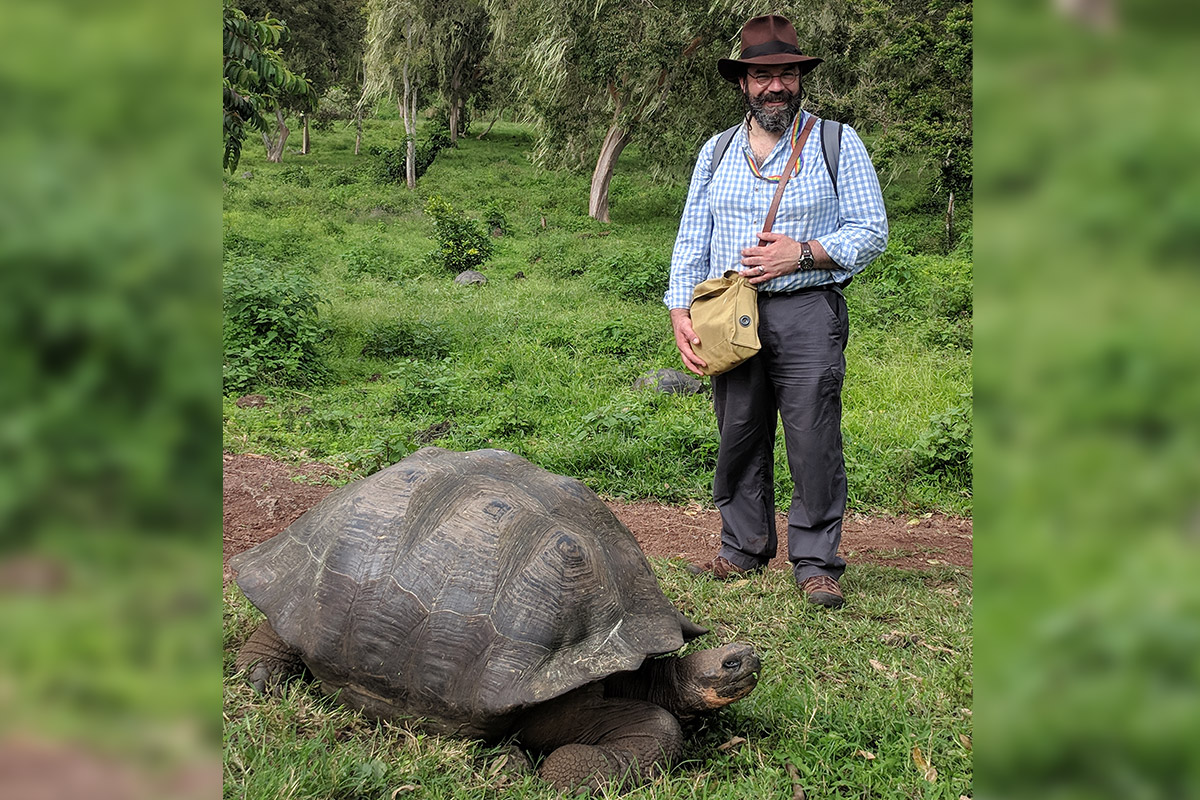
PC: What difference do evolutionary sciences make in our understanding of the animal kingdom? Do you think the youth is equally interested?
Dr. Gostling: Evolutionary science shows us how life is and how it got to be like it is as we witness. It is a beautiful dance between ecology and selection, which changes the structure not only of populations of organisms, but whole ecosystems. Young people are more interested in it than at any time in my working life, and possibly more than even the last 40 years! David Attenborough continues to make wonderful documentaries and people watch them.
I am very lucky, as a Palaeobiologist, because my subject acts as a gateway to other science. Children are in awe of dinosaurs and want to learn about their biology, which opens up other questions. Most people ‘grow out of dinosaurs’ and then become doctors, virologists, ecologists, plant scientists… I am still nurturing my inner 6-year-old.
PC: Your valuable advice for aspiring palaeontologists?
Dr. Gostling: Don’t get hung up on dinosaurs. They are incredibly cool, but 99% of all the species that have ever lived, are now extinct, so there is a huge diversity of life to study. I have worked on Cambrian embryos, Jurassic mammals, Dinosaurs… Go where the questions take you, and love every moment of the ride.
